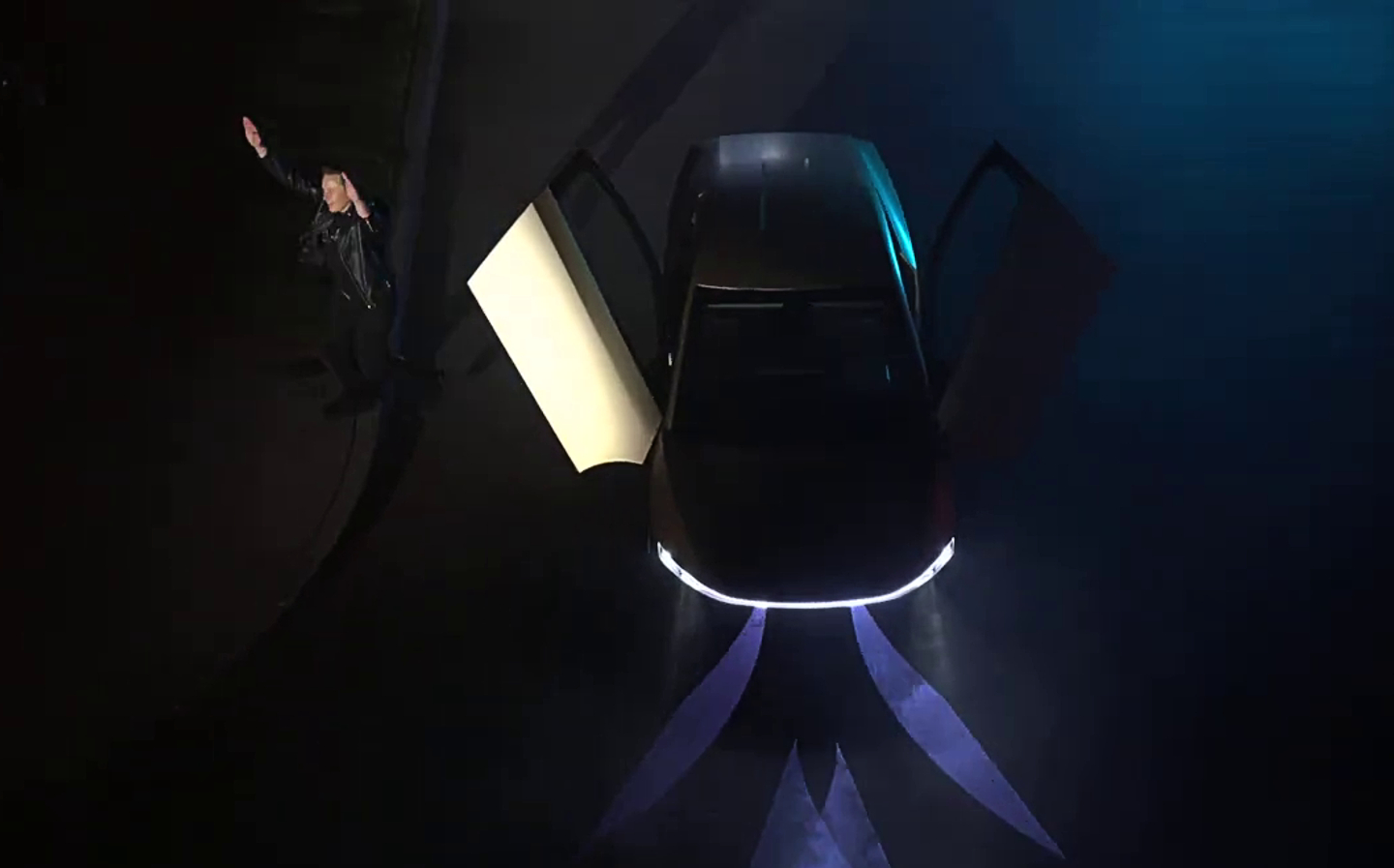Elon Musk unveils 'Cybercab' robotaxi for claimed 2026 rollout and offers guests first rides … in controlled environment
Robovan also shown off for larger groups, but commentators are sceptical on timeframes
Tesla CEO Elon Musk unveiled a new robotaxi on Thursday, claiming that the “Cybercab” will be produced from 2026 in increasing volumes, eventually for the mass market, ushering in a shift from private car ownership to self-driving ride sharing.
The Cybercab is a two-seater with two gullwing-style doors and no steering wheel or pedals, featuring a minimalist dashboard with a large touchscreen through which destinations can be set, and entertainment — including music, movies and video games — can be accessed.
Musk, Tesla’s self-professed “Technoking”, also claimed that the Cybercab would be made available to consumers for a price of under $30,000 (£23,000), it will cost 20 cents per mile to run and charging will be wireless via inductive technology.
Enabling larger groups to travel autonomously will be another vehicle called the Robovan, which can carry up to 20 people but few further details on it were confirmed.
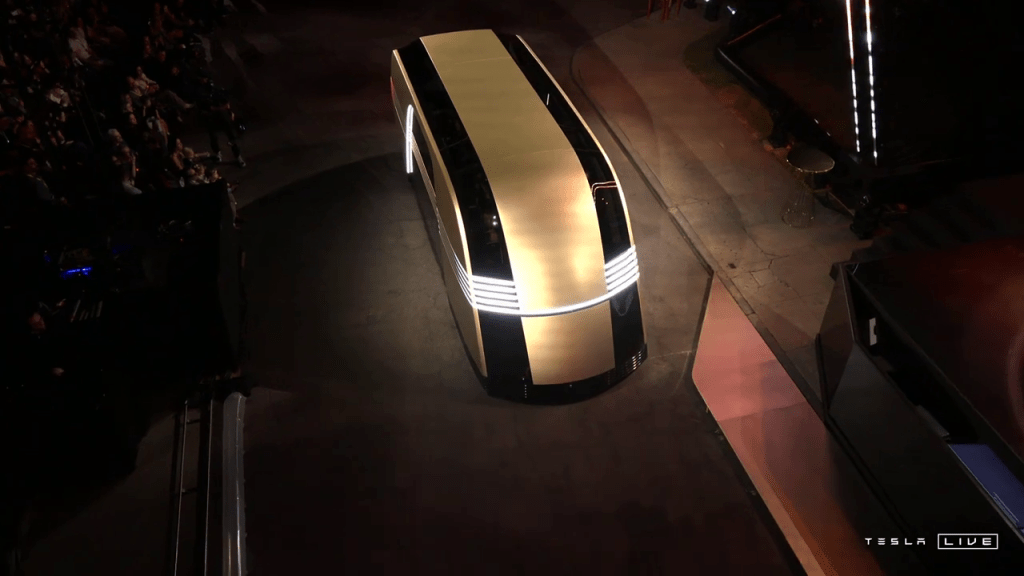
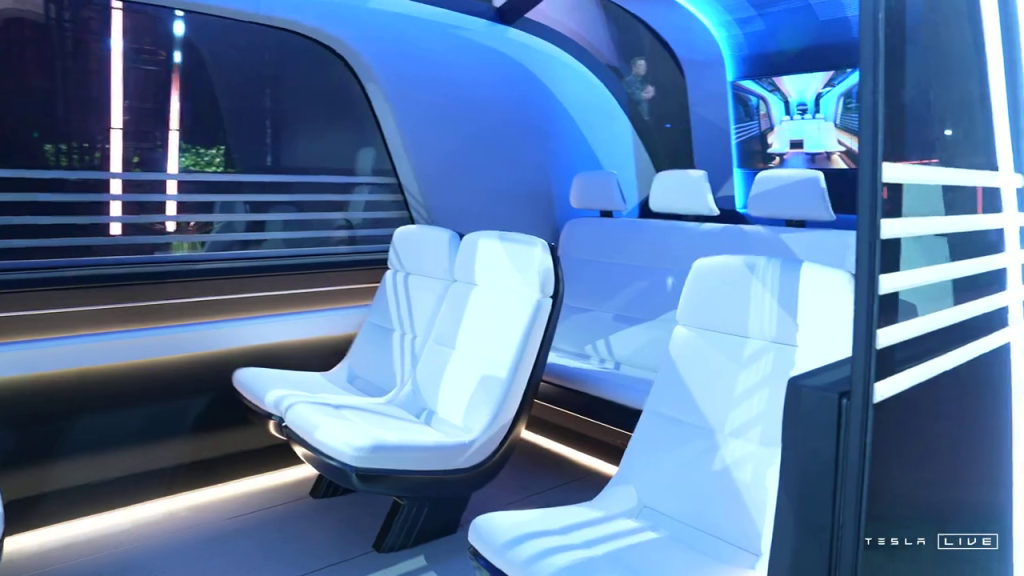
Videos by attendees of the vehicle’s unveiling at the Warner Bros studio near Los Angeles showed them receiving short trips in Cybercabs from one area of the lot to another without issue, though how such self-driving vehicles would fare outside that controlled environment remains to be seen.
All robotaxi operators have run into what could be described as “teething issues” at best, including one incident involving a woman who was dragged along the ground by a Cruise self-driving car in San Francisco last year.
Established robotaxi operators such as GM’s Cruise, as well as Alphabet’s Waymo, use a suite of sensors, including lidar, sonar and video cameras, while Tesla has removed all but video cameras and artificial intelligence from its “Full Self Driving” (FSD) vehicles, with Musk claiming other sensors are not necessary.
FSD requires drivers to remain in control and ready to take over at all times. Controversy over confusion by consumers over the abilities of the system has led to the company tacking “(Supervised)” onto the end of the Full Self Driving name. At least two fatal accidents involving Tesla’s FSD have resulted in legal action against Tesla.
However Musk has long insisted that Tesla semi-autonomous cars are statistically safer than vehicles without such systems, and at the Cybercab launch said truly fully-autonomous cars could be 10 times safer than human drivers, and drive five to 10 times longer. Meanwhile, human occupants can spend more time on things other than piloting the vehicle.
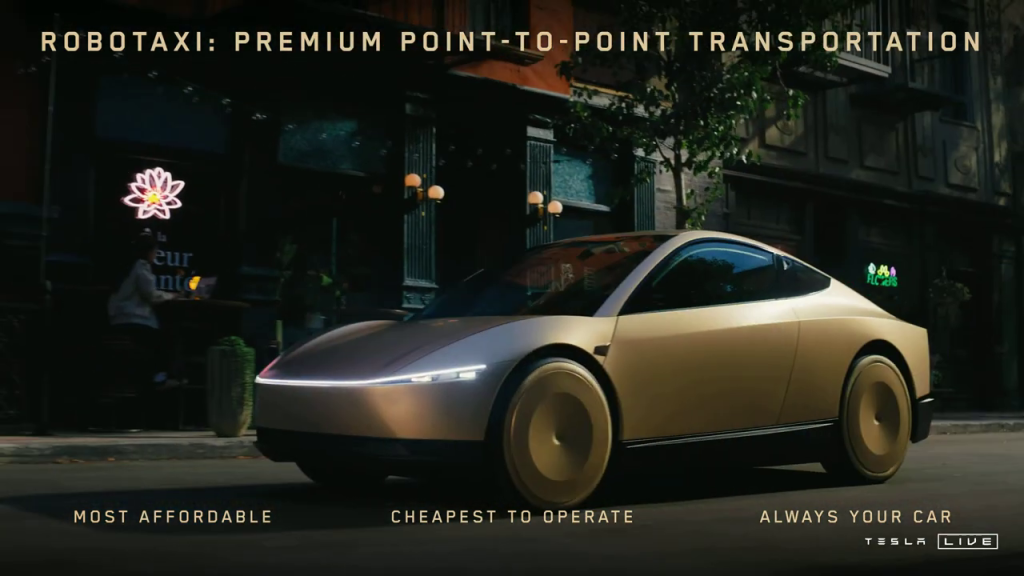
“The autonomous future is here,” he said. “With autonomy, you get your time back.”
The Tesla CEO has a chequered history of claims and delivering on them. Undoubtedly Tesla changed the automotive landscape by introducing cars such as the original Roadster and Model S, ushering in a new age of electrification, though most products have arrived well behind initial schedules. Production complications meant the Cybertruck arrived two years behind schedule, and while the Semi lorry was first revealed in 2017, with expectations of production from 2019, its true commercial launch is now set for late 2025 or early 2026 after lengthy testing with PepsiCo, which started at the end of 2022.
Musk announced a new Roadster at the same time as the Semi, in 2017, and said production would be from 2020. He later also claimed it would have SpaceX thrusters that would allow the car to accelerate from 0-60mph in a vaguely risible 1.9sec, and on to a top speed of 250mph. Earlier this year, Musk wrote on his X social media website that the Roadster’s production design is complete, and that it will be revealed at the end of this year with a view to begin deliveries in 2025.
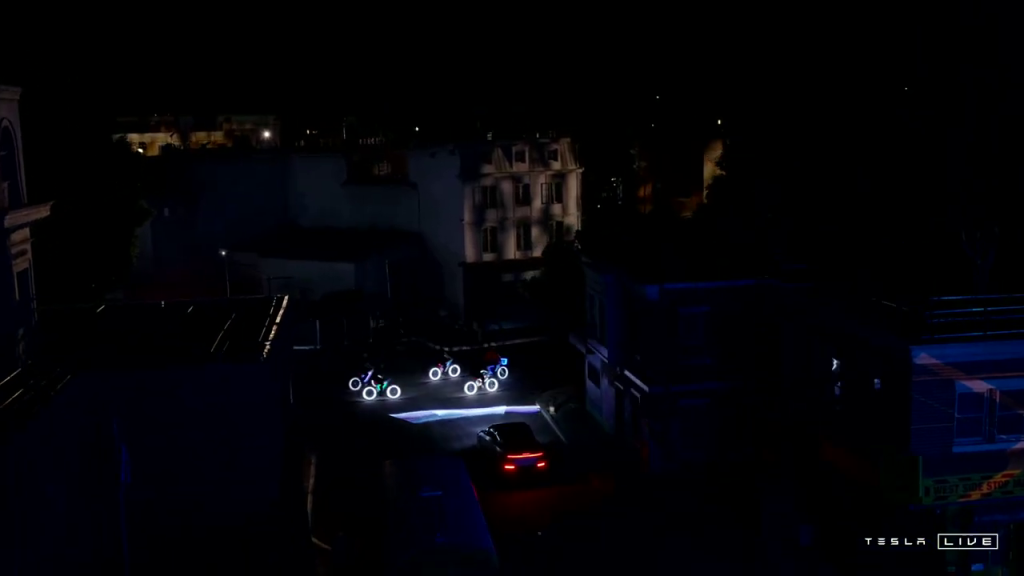
When is comes to robotaxis, Musk said in 2019 that he was “very confident” Tesla would have operational robotaxis by 2020.
At the Cybercab launch last night, Musk admitted to being optimistic with timeframes but said he now expects Tesla Model 3 and Model Y cars with unsupervised FSD to be operational in Texas and California next year, a year ahead of the arrival of Cybercab.
He made no mention of an anticipated ride-hailing app for the vehicle, which he had previously said would allow owners to make money from sharing their vehicle with the general public.
“I’m a shareholder and pretty disappointed,” equity trader Dennis Dick at Triple D Trading told Reuters. “I think the market wanted more definitive time lines. I don’t think he said much about anything.”
Related articles
- If you were interested in the Tesla Cybercab robotaxi, you might like to watch a Waymo self-driving car navigating San Francisco in heavy rain
- And read about self-driving start-up Wayve partnering with Ocado for autonomous deliveries
- And check out Will Dron’s opinion piece: “After a Waymo was set on fire in San Francisco, is this the end of the road for self-driving cars? Don’t bet on it“
Latest articles
- Denza Z9GT 2025 review: Flawed but sleek 1,062bhp shooting brake from BYD’s luxury arm
- Extended test: 2024 Renault Scenic E-Tech review
- Best-selling cars 2025: The UK’s ten most popular models of the year so far
- Audi A6 Avant 2025 review: Trusty executive estate ticks expected boxes, and there’s still a diesel option
- Keir Starmer eases pressure on carmakers to sell EVs in response to ‘global economic headwinds’
- F1 2025 calendar and race reports: The new Formula One season as it happens
- Ferrari 12Cilindri Spider review: Heady blend of traditional and futuristic becomes even more intoxicating after lid is removed
- Skoda reveals its fastest accelerating production car yet: the electric Elroq vRS
- Carmakers fined £461m in UK and Europe for not competing over vehicle recycling


